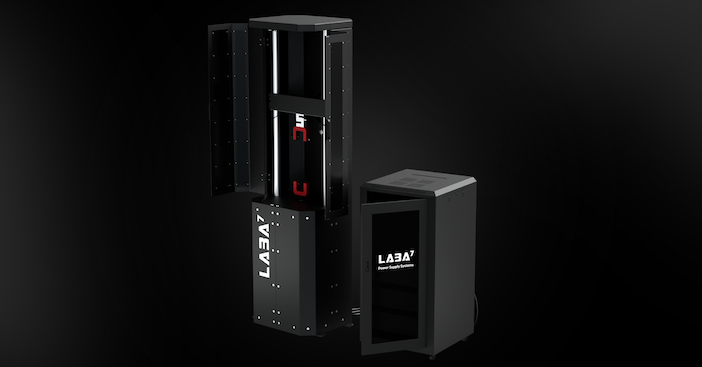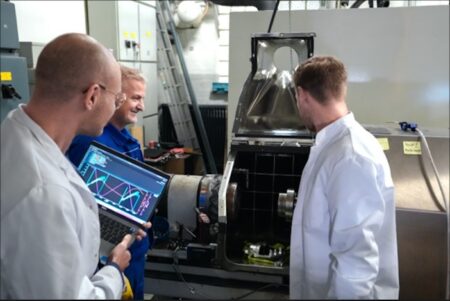LABA7, a Lithuania-based specialist in tools for testing shock absorbers, has revealed new specifications for its Electromagnetic Actuated (EMA) damper testing system. The company says the test platform sets new benchmarks in terms of damper testing speed, force, and accuracy.
“Electromagnetic motors provide a great range of speed and power while delivering very low NVH levels. We paired them with our in-house developed software and firmware to ensure tailored applications, simple and safe operations, and low maintenance costs”, stated Andrius Liškus, CEO of LABA7.
The EMA system has a velocity range starting at 1mm/s, with potential to reduce it further. Low speeds are crucial for accurately measuring seal drag and friction in damper components.
At the other end of the spectrum, the EMA achieves a maximum speed of 7000mm/s, and a maximum acceleration of 40G.
The EMA system comes in multiple variants. The most powerful model delivers a peak force of 45.4kN at 2m/s, making it suitable for the toughest simulations. LABA7 says the entry model is strong enough to handle most damping systems, with a peak force of 11.9kN at 2m/s.
All the EMA models integrate a digital position sensor that samples data at a frequency of 20kHz with an accuracy of 50nm. To ensure there is no phase shift in the data, the system simultaneously reads force measurements at the same 20kHz speed using an analogue sensor. Whether the test waveform is Sine, Triangle, Square, Pulse, or Custom, LABA7 says the EMA can show even the tiniest discrepancies in damper performance.
The system also comes with three more inputs capable of sequentially reading other analogue sensors at 20kHz. Additional channels allow engineers to simultaneously monitor pressure, temperature, acceleration, noise, and other factors. This capability gives a picture of how the system behaves under various conditions.
The EMA does not require an extensive power infrastructure, as it uses a power supply system that relies on supercapacitor packs. This arrangement means it can run on a standard three-phase 16-32A power input for low running costs and simplified installation.





